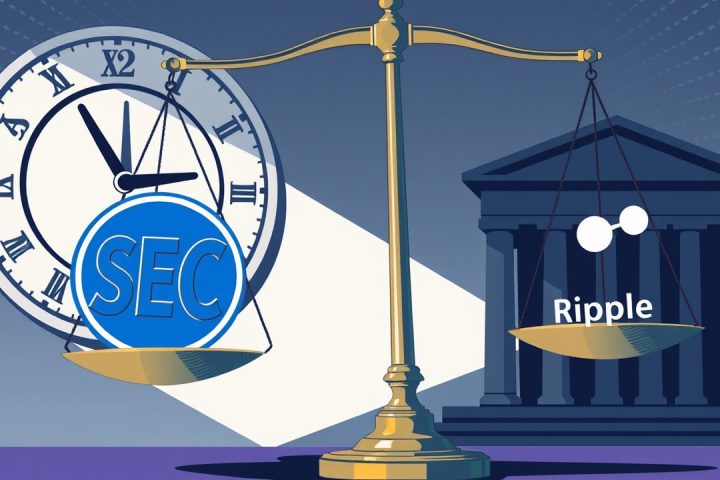The Evolution of Stablecoins
As the Web3 ecosystem evolves, an increasing number of central banks and financial institutions are rolling out digital asset solutions, particularly focusing on stablecoins. These digital currencies aim to merge the transparency and efficiency of blockchain technology with the stable attributes characteristic of traditional financial systems. This integration is pivotal to transforming the global financial landscape and enhancing payment infrastructures. However, achieving widespread acceptance of stablecoins hinges on establishing a robust foundation that encompasses user confidence, adherence to regulatory norms, and seamless integration with existing Web3 ecosystems.
Ensuring Compliance and Reliability
One key method for ensuring compliance and reliability in stablecoin contracts is formal verification. This methodology involves a meticulous examination process to confirm that smart contracts fulfill essential compliance criteria. This article delves into the evolution and significance of stablecoins since the inception of the first crypto-backed stablecoins in 2014, positioning them as vital intermediaries between conventional finance and the burgeoning Web3 domain. Traditional financial systems are often criticized for their inefficiencies, such as extended transaction times, lack of transparency, and costly operations. Thus, stablecoins emerge as a modern solution to these persisting issues.
Regulatory Frameworks and Initiatives
In this regulatory context, initiatives like the E-Money framework have evolved since its inception in 2009, adapting to encompass Web3-compatible solutions including stablecoins. Presently, various central banks, including those in Abu Dhabi and Hong Kong, are piloting plans to integrate stablecoins into their financial systems. Furthermore, the introduction of the GENIUS Act in June 2025 by the U.S. Congress has marked a significant step towards establishing a clear regulatory framework for stablecoin transactions in America. This legislation promotes a cohesive federal certification for stablecoins, which is intended to minimize regulatory inconsistencies and provide a roadmap for product design, risk management, and audit measures.
Enhancing Security and Compliance
Furthermore, the GENIUS Act reinforces compliance not just as a regulatory obligation, but as a critical measure to enhance the security of asset transactions for users. A comprehensive approach to formal verification, as advocated by the CertiK research team, focuses on affirming the essential attributes of stablecoin smart contracts through rigorous mathematical proofs and logical reasoning. For instance, by using formal verification, compliance with the GENIUS Act can be articulated as specific mathematically-proven properties, affirming that the stablecoin’s total supply does not exceed its total reserves.
The rigorous application of formal verification is indispensable in safeguarding user funds and reinforcing confidence in the stablecoin market. Any vulnerabilities in the smart contract code can result not only in financial losses but also regulatory repercussions and long-term damage to an issuer’s reputation. Adopting best formal verification practices offers substantial benefits for stablecoin protocols, including fostering regulatory confidence, mitigating risks through automated proof generation during code updates, streamlining auditing processes, and enhancing market differentiation through verifiable compliance claims.
CertiK’s Role in Stablecoin Security
With an increasing global focus on the regulation and security of stablecoins, aligning projects with frameworks like the GENIUS Act is essential for issuers aspiring to establish a dependable security foundation. CertiK’s proprietary formal verification framework is designed to apply machine-verifiable security proofs directly linked to compliance mandates, assuring both theoretical and practical security standards for real-world applications. As a foremost name in blockchain security, CertiK has successfully supported over 5,000 projects, collectively securing over $530 billion in digital assets, thereby reinforcing the compliance and security dimensions of stablecoin initiatives.
Conclusion
For those looking to navigate the complexities of adhering to the GENIUS Act while establishing a trustworthy stablecoin, CertiK offers a wealth of experience and resources to ensure safe and efficient project launches. The firm welcomes discussions on conducting technical seminars aimed at demonstrating how strategic and proven approaches can facilitate compliance and ensure robust operational integrity for emerging stablecoin endeavors.




